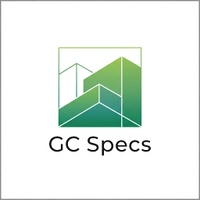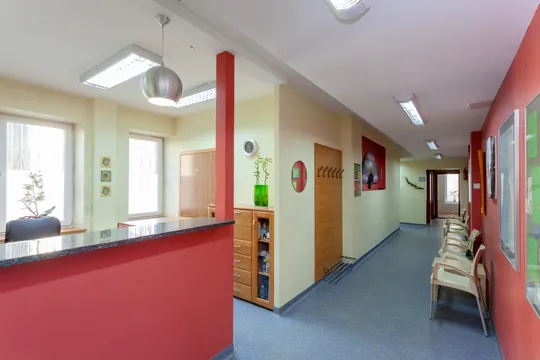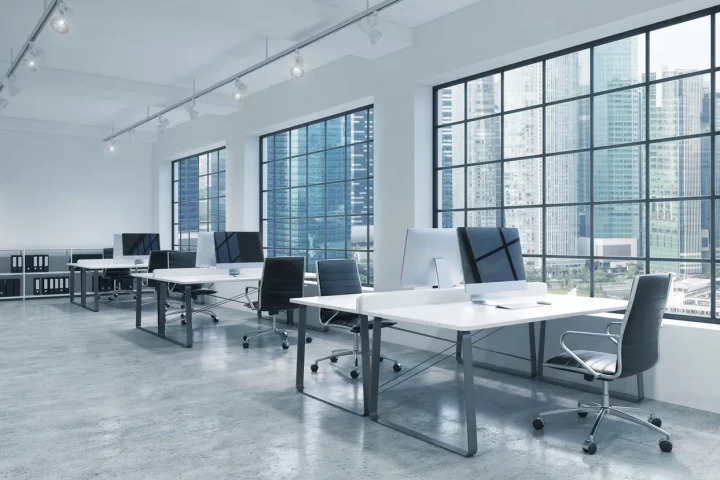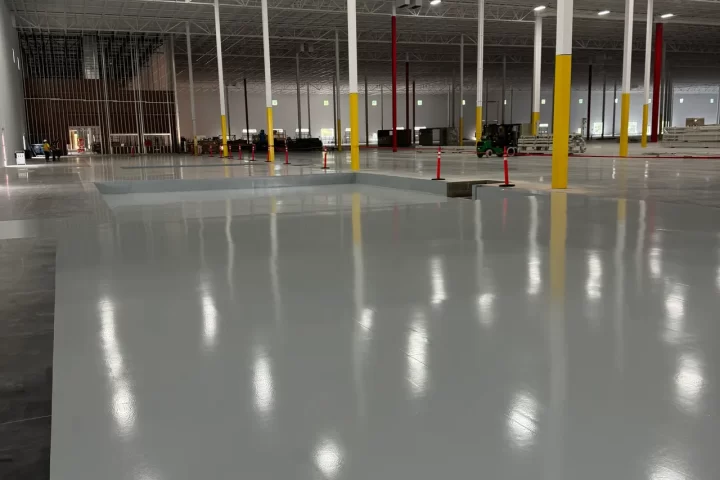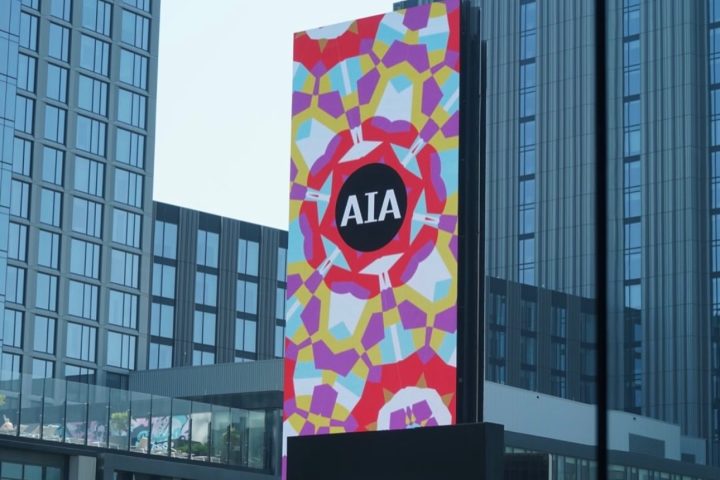In the healthcare sector, the focus is rightly on well-being and creating healing environments. But increasingly, that focus is expanding to encompass the health of our planet. Architects and developers of medical office buildings are now seeking building materials that not only provide aesthetic appeal and durability but also contribute to sustainable construction. This is where James Hardie siding emerges as a powerful and eco-conscious choice, seamlessly blending traditional design with cutting-edge green building principles.
The Growing Importance of Green Building in Healthcare
The environmental impact of the built environment is significant, and healthcare facilities, with their intensive energy consumption, have a crucial role to play in fostering sustainability. Choosing eco-friendly building materials like James Hardie siding offers numerous benefits for medical office buildings:
- Reduced Environmental Footprint: Selecting materials with lower embodied energy and sustainable manufacturing processes helps minimize the building’s overall environmental impact.
- Improved Indoor Air Quality: Opting for materials that don’t emit harmful VOCs (Volatile Organic Compounds) contributes to healthier indoor air, crucial for patient and staff well-being.
- Enhanced Durability and Longevity: Durable materials reduce the need for frequent replacements, minimizing waste and resource consumption over the building’s lifespan.
- Positive Public Image: Choosing sustainable materials reflects a commitment to environmental responsibility, which can resonate positively with patients, staff, and the wider community.
James Hardie Siding: A Sustainable Solution
James Hardie fiber cement siding stands out as an eco-friendly material that doesn’t compromise on aesthetics or performance. Here’s how it aligns with green building principles for medical office buildings:
- Sustainable Materials: The primary components of James Hardie siding – cement, sand, and cellulose fibers – are readily available and responsibly sourced.
- Durable and Long-Lasting: Engineered for exceptional durability and resistance to weather, pests, and fire, James Hardie siding significantly reduces the need for replacement, conserving resources and minimizing landfill waste over the building’s lifecycle. This longevity translates to lower long-term environmental impact.
- Low Maintenance: Unlike some other siding materials, James Hardie requires minimal upkeep, reducing the use of potentially harmful cleaning chemicals and the energy associated with maintenance.
- Non-Combustible: Fiber cement is non-combustible, providing crucial fire protection for healthcare facilities and potentially lowering insurance costs. This inherent fire resistance contributes to the overall safety and sustainability of the building.
- Variety of Styles and Textures: James Hardie offers a wide array of styles and textures, from the classic look of clapboard to the sleek lines of vertical panels. This allows architects to achieve their desired aesthetic for a medical office building, whether traditional or contemporary, without sacrificing sustainability.
- Pre-Finished Options: Many James Hardie products are available with ColorPlus® Technology, a baked-on finish that is incredibly durable and resistant to fading. This reduces the need for frequent painting, minimizing VOC emissions associated with repainting.
- Regional Manufacturing: James Hardie operates manufacturing facilities across the United States, which helps reduce transportation distances and the associated carbon footprint compared to materials sourced from overseas.
Combining Traditional Design with Green Innovation
Medical office buildings often aim for a welcoming and trustworthy aesthetic. James Hardie siding perfectly complements this need by offering traditional styles like HardiePlank® lap siding, reminiscent of established architectural designs, while simultaneously embodying modern green building practices. Architects can create a familiar and comforting exterior without compromising their commitment to sustainability.
For example, a medical office building in a historic district could utilize James HardiePlank in a classic color to blend seamlessly with the surrounding architecture, all while benefiting from the material’s durability, low maintenance, and sustainable properties. Alternatively, a contemporary medical center could opt for the clean lines of HardiePanel® vertical siding in a light, energy-reflective color to enhance the building’s modern appeal and contribute to energy efficiency by reducing heat absorption.
Conclusion: Building a Healthier World, One Medical Office at a Time
Choosing building materials for medical office buildings requires careful consideration of aesthetics, performance, and environmental impact. James Hardie siding offers a compelling solution, providing a durable, low-maintenance, and aesthetically versatile material that aligns perfectly with green building principles. By combining traditional design with cutting-edge sustainable features, James Hardie helps create healthier, more environmentally responsible healthcare facilities that contribute to the well-being of both patients and the planet. As the healthcare industry continues to prioritize sustainability, materials like James Hardie siding will play an increasingly vital role in building a healthier future for all.
Contributed by: Bret White
